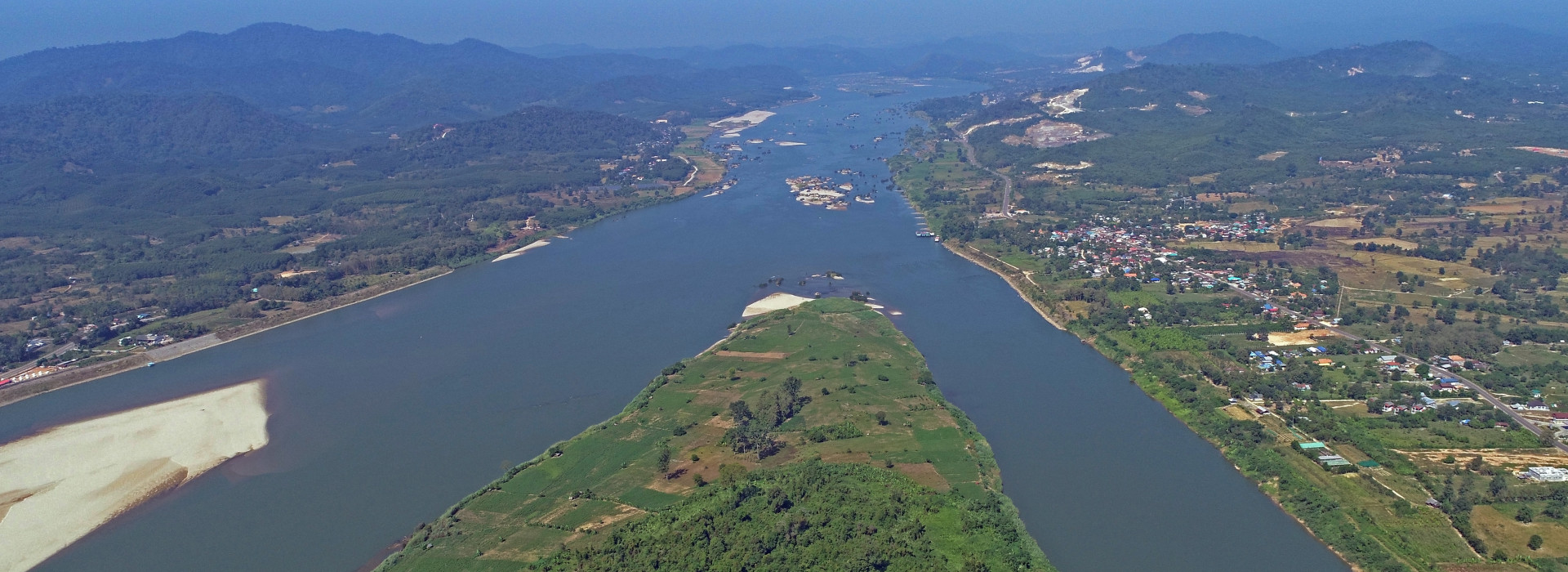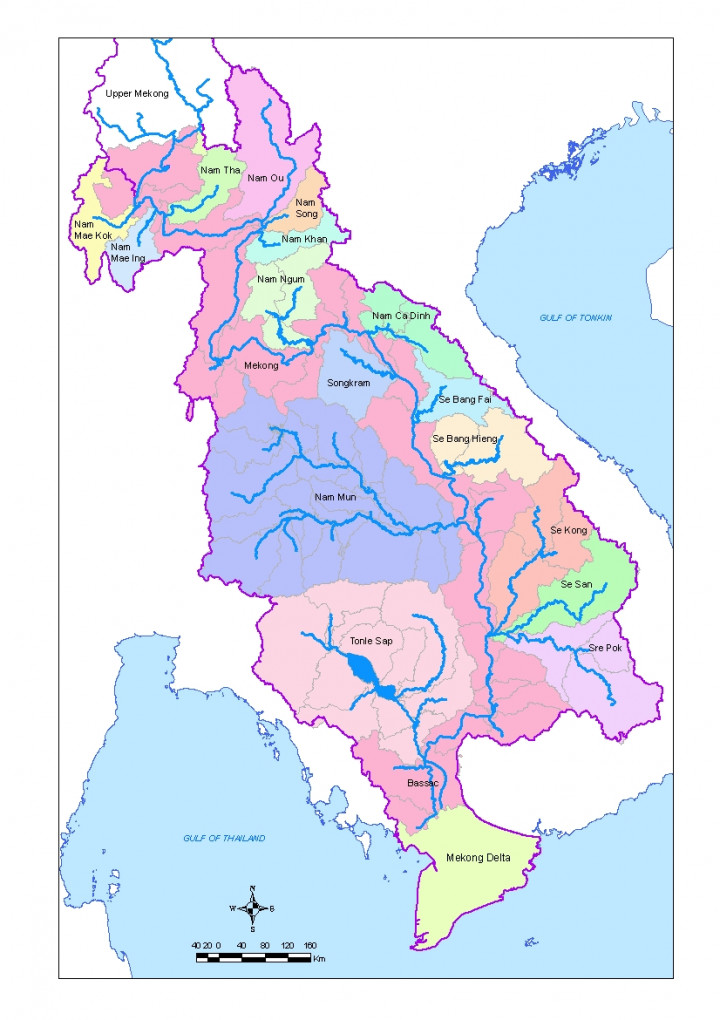
Mekong Basin
The Mekong River is one of the world’s great rivers. Covering a distance of nearly 5,000 km from its source on the Tibetan Plateau in China to the Mekong Delta, the river flows through six countries: China, Myanmar, Thailand, Lao PDR, Cambodia and Viet Nam.
The basin is home to one of the richest areas of biodiversity in the world, with more than 20,000 plant species and 850 fish species discovered to date. An estimated 80% of the nearly 65 million people living in the Lower Mekong River Basin depend on the river and its rich natural resources for their livelihoods, making sustainable development crucial for the environment and communities living in the basin.
Today, the river is rapidly changing as economic development, urbanisation and industrialisation are transforming the basin. The Mekong River contributes significantly to this growth through the opportunities it provides, including hydropower production, agriculture, fisheries, and transport and trade.
However, without coordinated and effective development, the Mekong may hinder continued growth. Development pressures are also creating new challenges for the countries in the Lower Mekong River Basin. These include environmental degradation and loss of biodiversity, hydropower development and climate change with the risk of worsening floods and droughts.
With more than 25 years of experience in supporting dialogue and an extensive knowledge base on the basin’s resources, the Mekong River Commission is uniquely equipped to address these challenges and promote the sustainable development of the Mekong region.
